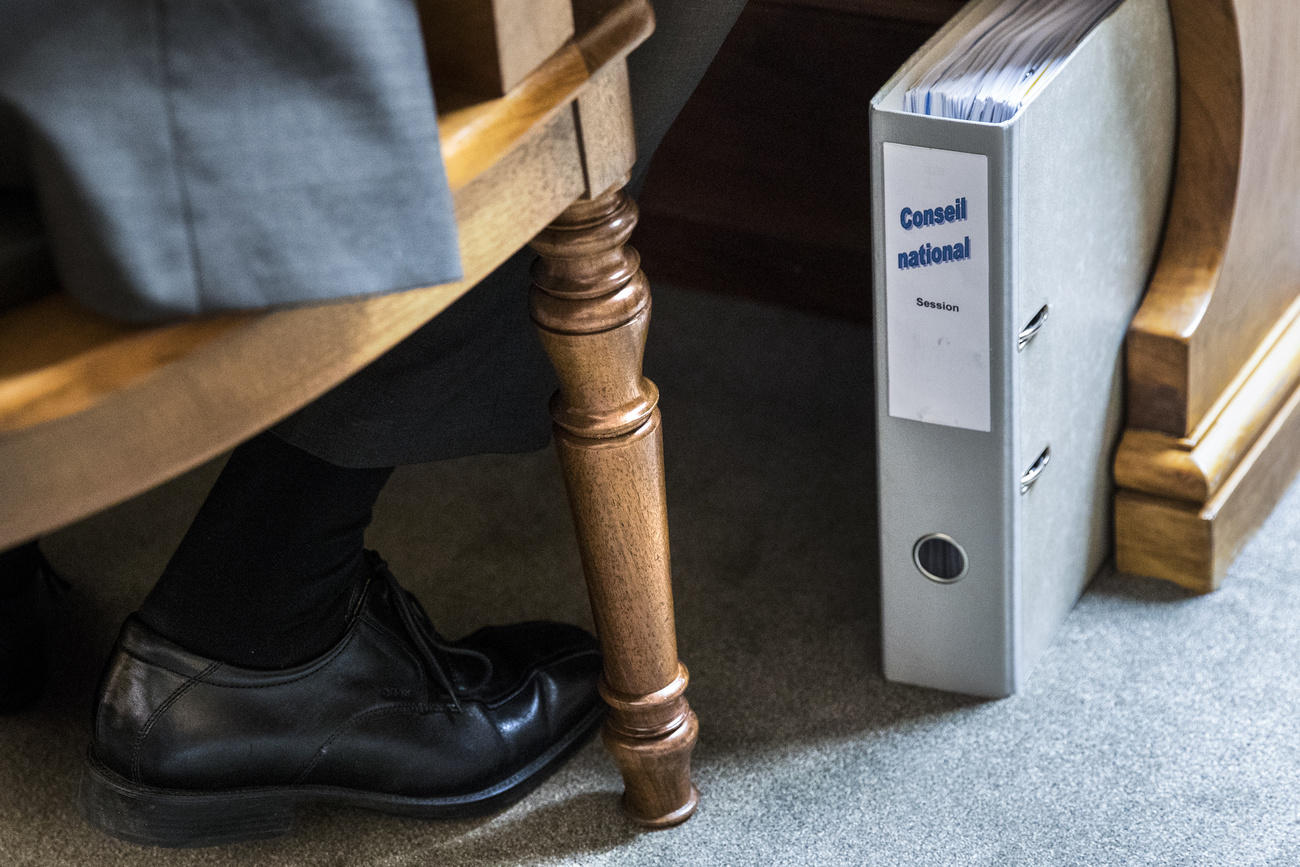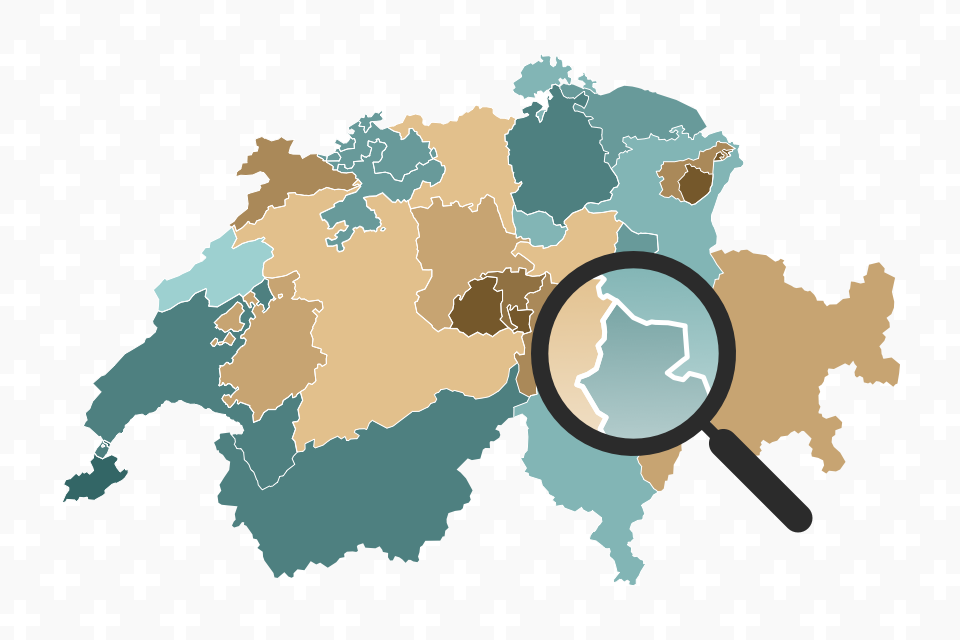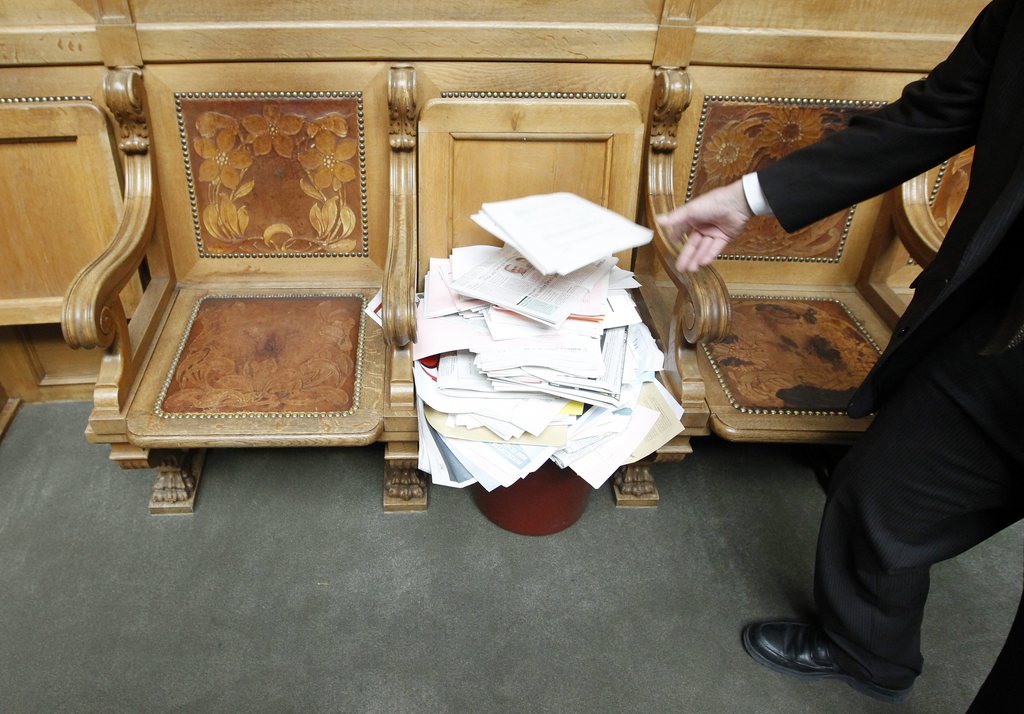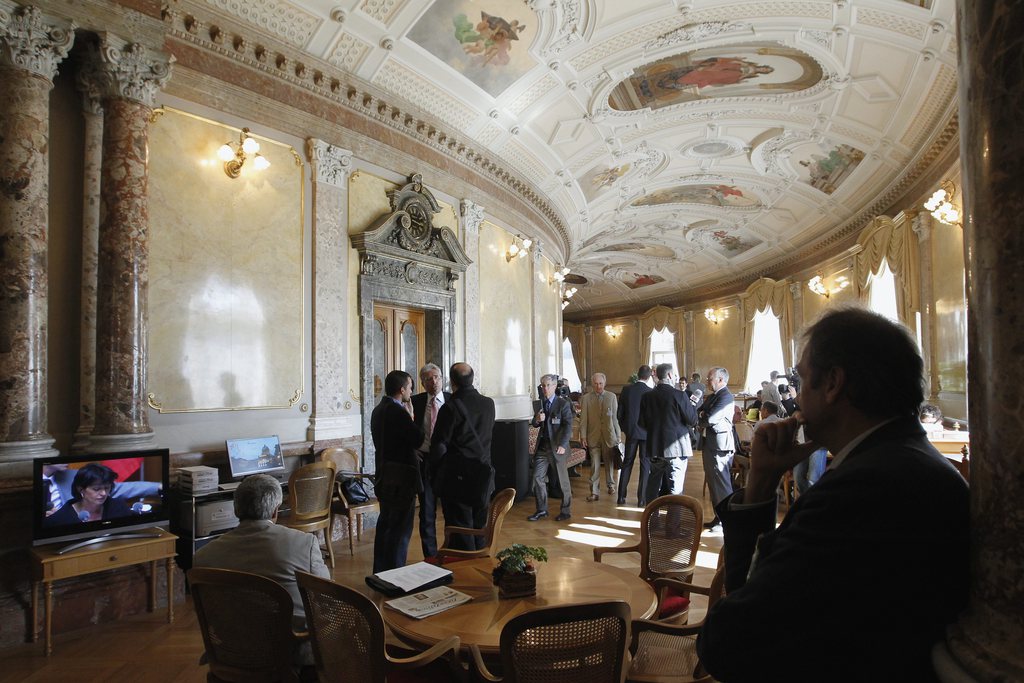How many steps does it take to pass a Swiss law?

Creating a law in the Swiss political system is a complex and often time-intensive matter that can take between 12 months and over ten years, according to the Federal Chancellery.
Here are some answers to common questions about the legislative procedure, from the first drafting a bill to the adoption of the law by parliament.
It’s one of the main tasks of parliament to create new laws and amend existing regulations in a clearly-defined procedure involving many other players and interest groups, both at the institutional and civil society level.
Aside from making laws, parliament is also responsible for allocating the state budget, overseeing federal authorities and electing the government, judges and a general to lead the armed forces in the case of war.
This depends on the complexity of the legislation. But arguably it’s also due to the system of consultation which involves a broad spectrum of interest groups and institutions: parties, the 26 cantons, local authorities, business groups, trade unions, and churches.
To what extent the Swiss parliamentary system, with its two chambers – as a rule, meeting four times a year for three-week plenary sessions – and the requirements of multilingualism are decisive factors slowing down the law-making procedure is a matter of opinion.
Once a bill is tabled in parliament (see below), the issue is first considered at committee level. It’s up to parliament to decide whether the House of Representatives or the Senate is the first chamber to tackle a proposal.
After a first reading of the bill, the proposal then passes to the other chamber to follow the same procedure. This is often three or six months later.
Every major step taken by one of the chambers is preceded by preliminary discussions at committee level.
Both chambers have the same powers to adapt and amend the bill. Both have to agree on the exact same wording of a law before it is endorsed in a third formal reading.
The process of whittling down the differences between the two chambers can take a long time. In some cases, after the maximum three rounds of discussions, a delegation from both the House of Representatives and the Senate has to sit down and hammer out final compromise proposals.
Most often it is a parliamentary committee which gets the ball rolling. The government can also make proposals for legal changes, often prompted by individuals or a group of parliamentarians. Input by one of the 26 cantons is possible but rarely directly successful.
Citizens have no direct say in law-making at a national level. However, they can make their voices heard during a consultation, that is, when the government collects the opinions of all sides involved in a project.
People can also try to veto a law approved by parliament by collecting at least 50,000 signatures over 100 days, forcing a nationwide vote on the issue. More than 220 referendum votes have taken place between 1875 and 2019.
Above all, Swiss citizens can suggest changes to the constitution by launching so called people’s initiatives. If there are enough signatures – at least 100,000 gathered over 18 months – the government has to set a date for a public vote.
The short answer is no, as the veto power is with the people. This in contrast to the United States, for instance, where the president can overrule parliament.
But there have been shorter or longer periods in modern Swiss history when the government was given increased powers, notably in regional conflicts in the 19th century and during the World Wars, as well as to deal with the world economic crisis of the 1930s.
Information in the official Swiss languages – German, French, Italian and Romansh – as well as some in English can be accessed on the parliamentary internet siteExternal link, including this extensive overviewExternal link.
There are also offers for the younger generationExternal link, a recently launched ‘easy reader’ versionExternal link for those with special needs, as well as a site run by the Dialogue FoundationExternal link.

In compliance with the JTI standards
More: SWI swissinfo.ch certified by the Journalism Trust Initiative














You can find an overview of ongoing debates with our journalists here . Please join us!
If you want to start a conversation about a topic raised in this article or want to report factual errors, email us at english@swissinfo.ch.